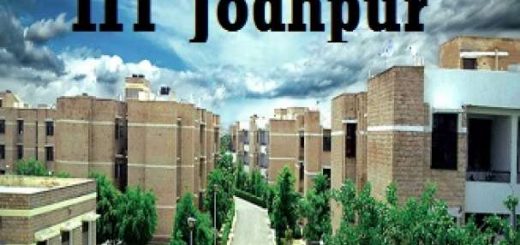78% of rural Bihar migrants go to urban areas: Survey

S Vishnu Sharmaa, INN/Chennai, @Svs037
Research by Indian Institute of Technology, Hyderabad revealed that 78 percent of migrants from rural Bihar move towards urban destinations.
The survey titled ‘Poverty, Migration and Development in rural Bihar’ was undertaken by Dr. Amrita Datta, assistant professor of Development Studies, Department of Liberal Arts, IIT Hyderabad. The work was done in collaboration with Institute for Human Development, New Delhi and supported by Indian Council of Social Science Research.
A survey-based primary study was undertaken in 12 villages in seven representative districts of Bihar, namely, Araria, Gaya, Gopalganj, Nalanda, Madhubani, Rohtas and Purnia.
The current survey covered 9,737 individuals in 1,588 households, of which about two-third of the households were also studied earlier in 1998-99 and 2009-11.
The survey further revealed that those in the upper end of the social and economic hierarchy in villages are disproportionately represented in the rural-urban migrations.
These migrant workers are educated and also have the tendency to move out of their villages without even working in their local rural economy. This relatively well-to-do migrating stream is in contrast with the other group of migrants.
The other group comprises people who mostly indulge in manual work and when they move they have a tendency to work in the rural areas, says the survey.
These differentiated migrant labour markets pathway suggest that social and economic hierarchies in source regions are translated in destination regions.
The differentiated migrant labour market pathway suggest that the social and economic hierarchies from where the migrants originate determines what kind of work he or she would do at their destination for migration.
Speaking about the work, Amrita said the study is important in a context where migration from rural Bihar is significant, but it remains an understudied area of research and little is known about its magnitude, patterns and processes.
The broad objectives of this research were to study the socio-economic attributes of migration, changes in the patterns of migration over time, linkages between poverty, migration and development, shifts in the sources of rural income and the role of remittances therein.
‘Based on a specially-designed migration module, information related to the migration destination was also collected to focus on the linkages between Bihar and rest of the Indian economy as well migrants’ social and political lives at destination.’ In addition, data on return migration and permanent migration was also collected, she said.
Another major fact highlighted by the survey is that 98 percent of return migrants reported that migration was beneficial. However, at the same time, 9 in 10 such migrants did not desire to migrate permanently. This cannot be seen a paradox, as material gains of migration come at the high cost of separation from family members.
Over the time, the percentage of households with migrants increased from 45 percent in 1999 to 62 per cent in 2011 to 65 per cent in 2016. Thus, data from recent rounds suggest that Bihar’s high rates of migration may be stabilizing.




